CPU » Intel i5 2500K P E R F O R M A N C E
• Release date » Jan 2011 (2nd generation)• Cores » 4• Die size » 216 mm²• Frequency » 3.3 GHz / Turbo » 3.7 GHz• Lythography » 32 nm• Transistors » 995 Mio• Cache » L1: 4x 32KB _ L2: 4x 256KB _ L3: 6MB• GPU » HD3000 _ 12 PP _ 850 to 1100 Mhz• Memory support » DDR3 up to 1333 MHz
Edit: The successor of the i5 2500K ist the i5 3570K
CPU » Intel i5 3570K P E R F O R M A N C E
• Release date » Apr 2012 (3rd generation)
• Cores » 4• Die size » 160 mm²• Frequency » 3.4 GHz / Turbo » 3.8 GHz• Lythography » 22 nm• Transistors » 1400 Mio• Cache » L1: 4x 32KB _ L2: 4x 256KB _ L3: 6MB• GPU » HD4000 _ 12 PP _ 650 to 1150 Mhz• Memory support » DDR3 up to 1600 MHz
Edit: The successor of the i5 3570K ist the i5 4670K
It requires socket 1150 instead of 1155.
Strange enough, Intel doesn't offer a Mini iTX mainboard for this CPU with H87 chipset.
CPU » Intel i5 4670K P E R F O R M A N C E
• Release date » Jun 2013 (4th generation)
• Cores » 4• Die size » 177 mm² (has increased!)• Socket » LGA 1150 (has changed from 1155)• Frequency » 3.4 GHz / Turbo » 3.8 GHz (same)• Lythography » 22 nm (same)• Transistors » 1400 Mio (same)• Cache » L1: 4x 32KB _ L2: 4x 256KB _ L3: 6MB (same)• GPU » HD4600 _ 20 PP _ 350 to 1200 Mhz (has improved)• Memory support » DDR3 up to 1600 MHz
CPU » Intel i5 4690K P E R F O R M A N C E
• Release date » Q2 2014 (4th generation)
• Cores » 4• Die size » 177 mm²• Socket » LGA 1150• Frequency » 3.5 GHz / Turbo » 3.9 GHz (same)• Lythography » 22 nm• Transistors » 1400 Mio• Cache » L1: 4x 32KB _ L2: 4x 256KB _ L3: 6MB• GPU » HD4600 _ 20 PP _ 350 to 1200 Mhz• Memory support » DDR3 up to 1600 MHz
CPU » Intel i5 6600K P E R F O R M A N C E
• Release date » Q3 2015 (6th generation)
• Cores » 4• Die size » ___ mm²• Socket » LGA 1151• Frequency » 3.5 GHz / Turbo » 3.9 GHz (same)• Lythography » 14 nm• Transistors » ____ Mio• Cache » L1: 4x 32KB _ L2: 4x 256KB _ L3: 6MB• GPU » HD530 _ ** PP _ 350 to 1150 Mhz• Memory support » DDR4 up to 2133 MHz
K CPUs are unlockable and designed for overclocking ► 4 cores » 95W
S CPUs feature lower-than-normal TDP ► 4 cores » 65W
T CPUs feature an even lower TDP ► 4 cores » 45W / 2 cores » 35W
CPU cooler » Titan
• Speed » 700 to 2600 RPM (PWR)• Outline dimensions » 96 x 96 x 61.5 mm ─► DC-156B925B/RPW1
• Outline dimensions » 96 x 96 x 48.5 mm ─► DC-156D925B/RPW1• Airflow » 12.83 to 47.62 CFM / 21.80 to 80.91 m³/h• Noise level » 8 to 33 dB• Voltage » 12 V DC• Current » 300 mA• Power consumption » 3.6 W• Life time » 35.000 hoursCPU cooler » Xigmatek Gaia (SD1283)
• Speed » 800 to 1500 RPM
• Outline dimensions » 120(w) x 50(d) x 159(h) mm• Airflow » 12.83 to 47.62 CFM / 21.80 to 80.91 m³/h• Noise level » 16 to 24 dB• Voltage » 12 V DC / Starting Voltage » 9 V• Power consumption » 3.6 W
• Bearing » Hypro Bearing
• Air Flow » 56.3 CFM
• Current » 300 mA• Connector » 4-Pin PWM• Life time » 40.000 hours
• Weight » 460 g (without fan)
Mainboard » Intel DH67CF B3
• Form factor » Mini iTX
• Dimensions » 170 x 170 mm
• CPU » Core i3 Core i5 Core i7
• 2 x 240 pin DDR3 SDRAM DIMM 1066 / 1333MHz up to 16 GB
• Power » 24 pin ATX
• PCIe 2.0 x 16
• Gigabit 10/100/1000 Mb/s Ethernet » Intel 82579V• Realtec ALC892 audio codec• 2 x S/PDIF » 1 Toslink backpannel + 1 internal header• 2 x SATA 3GB/s• 2 x SATA 6GB/s• 1 x eSATA 3GB/s backpanel + 1 eSATA 3GB/s internal• USB3 = 2 x• USB2 = 4 x back panel / 4 x internal• HDMI
• DVI-I
• Display Port
• 2 x PWM (4-pin)
• AMI BIOS with standard text interface
• Still uses 3-phase VRM and liquid electrolytic over solid capacitors• Capacitors with polymeric electrolyte for critical knots such as processor voltage regulator circuitry• Extensive option for configuring and adjusting rotation speed of the two 4-pin fans:-» Specify parameters describing the dependence of fan rotation speed on the teperature-» Determin which temperature should affect the fan rotation speed• Four (!) thermal diodes » CPU, RAM, CPU voltage regulator and chipset• Allows under- and overclocking the Intel HD Graphics core but not (!) the processor core voltageEdit: The successor of the DH67CF ist the DH77DF
Mainboard » Intel DH77DF
• Form factor » Mini iTX
• Dimensions » 170 x 170 mm
• CPU » Core i3 Core i5 Core i7
• 2 x 240 pin DDR3 SDRAM DIMM 1066 / 1333MHz / 1600MHz up to 16 GB
• Power » 24 pin ATX
• PCIe 3.0 x 16
• Gigabit 10/100/1000 Mb/s Ethernet » Intel 82579V
• Realtec ALC898 audio codec• 2 x S/PDIF » 1 Toslink backpannel + 1 internal header• 2 x SATA 3GB/s• 2 x SATA 6GB/s• 1 x eSATA 3GB/s backpanel + 1 eSATA 3GB/s internal• USB2 = 4 x back panel / 4 x internal
• USB3 = 2 x back panel / 2 x internal• HDMI
• DVI-I
• Display Port
• 2 x PWM (4-pin)
• CAS Latency 9-9-9-24
• 2 x 4GB » 8GB
• Speed » DDR3-1333 (PC3 10666)
• DDR3 240-pin DIMM
SSD » Samsung 830 Series
Edit: The successor of the Samsung 830 (27 nm) Series is the 840 Series (21 nm).
As the Samsung 840 Basic uses TLC Memory I would recommend the Samsung 840 Pro which uses MLC Memory.
SSD » Crucial m4
• MLC
SSD » Intel 520 Series
• Weight » up to 78 grams• Lithography » 25 nm• MTBF » 1.2 Mio hours
HDD » Western Digital WD20EARX• Massive capacity
The highest burst rate of the drive was 176 MB/s with average rates just below 100 MB/s.That's well below the 375MB/s maximum supported by SATA II.
If your WD GP suffers from head parking noise, try following this guide.
If you get a WD10EZRX, make sure it's 00A8LB0 with 1 platter / 2 heads.
If you get a WD20EARX, make sure it's 00PASB0 or 008FB0 with 3 platters / 6 heads.
source
Edit: I just bought a WD30EFRX (Red WD).
Unlike the Green WD, this has no head parking (IntelliPark) issue at all. It's absolutely quiet.
For further information please read here and here.
Monitor » LG IPS236V
• Screen size » 23 "• Dot Pitch » 0.265
• Aspect ratio » 16:9
• Panel type » LED TFT LCD
• Native resolution » 1920 x 1080
• Surface treatment » Anti Glare (3H)
• Signal input » DVI-D + VGA + HDMI (Type A)• Audio out » headphone• Power » max 32.6W / min 22.6W / stand by 0.3W
Keyboard » Apple Wireless Keyboard MC184LB/A
• PC requires a bluetooth USB 2.0 Adapter for this keyboard to work
Edit: I have changed my wireless to an Apple USB keyboard.
It just plain sucks if the bluetooth connection is not 100% reliable.
Don't have this kind of trouble with USB.
• Distance range » up to 10 m
• Communicates with up to 7 devices• Data rates of up to 3 Mb/s = 3 Mio b/s = 375.000 B/s = 375 KB/s = 0.375 MB/s
Bluetooth adapter
• Class 2 / EDR
• BluetoothB 2.0 adapter
• Distance range » up to 100 m
• Data rates up to 3 Mb/s
Edit: I am using the BeQuiet! PSU from below as the PicoPSU has become unreliable.
It was probably not strong enough for the power drain that I needed and has become faulty by stressing it too much.
PSU » BeQuiet! Straight Power E9 480 / CM
OCP » over current protection
OVP » over voltage protection
UVP » under voltage protection
SCP » short circuit protection
OTP » over temperature protection
OPP » over power protection
• Efficiency » 82%~85% at 20%~100% loading• Silent running 120mm fan• PCI-E connectors support
• 2 hidden front USB ports
• Space to mount a 40 x 40 x 10 mm front case fan
• Compatible with any PicoPSU
• Fan Dimension » 95 x 95 x 16 mm
• Rated Voltage » 12V DC
• Rated Current » 0.25A
• Power Consumption » 3.0W
• Rated Speed » 1000±25% ~ 2600±10% RPM
• Airflow » 18.3 ~ 47.6 CFM
• Noise Level » <24.8 ~ <33.4 dBA
• Connector » 4-PIN PWM
• Bearing Type » Z-axis
• Life Time » 60,000 Hours
PC case fan Titan TFD-4010M12Z (M350)
• Dimensions » 40 x 40 x 10• Rated voltage » 12 V DC
• Rated current » 70 mA
• Power consumption » 0.84 W
• Speed refferece » 5000 RPM
• Air flow » 5.22 CFM
• Noise » under 21 dBA
• MTBF » 60.000 hours
PC case » Lian Li PC-Q25
• Weight » 3.1 Kg
• Material » Aluminium• Maximum video card size » 320 mm
• System fans » 140 mm (front) and 120 mm (top)
• Dimensions » 199 (w) x 280 (h) x 366 (d) mm
• » techspot english
• » tweaktown english
• » overclockers english
• » missingremote english
• » dexgo german
• » au-ja german
• » planet3dnow german
Edit: Today I use my hardware without any PC case.
That's not everyone's cup of tea but I like having my hardware "naked" next to me on my desk. This way I can connect and disconnect hard drives quickly as I need to and heat issues are as good as unknown. It's interesting to know that temperatures can go up significantly when the hardware is being used in an closed case even with regular air flow.
If you prefer the small things like I do, you might like the PC case: Cooltek U1 or the Lian Li PC-Q16A
PC case fans (PC-Q25)
Max airflow » ?
Fan speed » 7V = 600 (adaptor included) / 12V = 1100 rpm
Noise level » 19.4 dB(A)
Bearing » HD
Fan life expectancy » ?
Connector » 4-pin PWM
Fan speed » 700 (with adaptor) / 1200
Max airflow » 55.5 / 70.5 CFM
Noise level » 16.4 / 19.2 dB(A)
Bearing » HDB (Hydro-Dynamic Bearing)
Fan life expectancy » 300.000
Connector » 3-pin
Fan speed » 700 ±200 ~ 1200 ±10% rpm
Max airflow » 71.8 CFM
Noise level » 17.6 ~ 26.7dB(A)
Bearing » 2 Ball Bearing
Fan life expectancy » ?
Connector » 4-pin PWM
Noctua - NF-P14 FLX / NF-P12
Fan speed » ULNA = 750 / LNA = 900 / 1200 rpm *
Max airflow » ?
Noise level ULNA » 10.1 / LNA = 13.2 / 19.6 dB(A)
Bearing » SSO Bearing
MTBF » 150,000 hours
Connector » ?
* ULNA = Ultra Low Noise Adaptor / LNA = Low Noise Adaptor
Xilence - 2CF (2 component fan) 120 and 140 mm
Fan speed » 700 - 1200 rpm
Max airflow » 70.79 CFM
Noise level » 17,6 - 26,7 db(A)
Bearing » Ball Bearing
Fan life expectancy » ?
Connector » ?
NZXT - FX-140LB bzw FX-120LB
Fan speed » Low = 1000 / medium = 1.500 / high = 2000 rpm *
Max airflow » 49.1 - 98.3 CFM
Noise level » 22.1 - 37 dBA
Bearing » Fluid Dynamic Bearing
Fan life expectancy » 35.000 hours
Connector » 4-pin Molex and 3-pin Mainboard
* has a three position fan speed switch built in
Graphics card » Radeon HD 6950
• RAM » 2.048 MB GDDR5• Leistungsindex (Chip) » 59.5• Chiptakt » 800 MHz• Shadertakt » ───• Speichertakt » 5.000 MHz• Speicheranbindung » 256 Bit• Unified Shader » 1.408• Fertigungsprozess » 40 nm• Max Verlustleistung (TDP) » 200W• 3DMark Vantage Extreme DX10 » 9.675
Graphics card » nVidia GeForce GTX 560 ti
• RAM » 1.024 MB GDDR5
• Leistungsindex (Chip) » 53.5• Chiptakt » 823 MHz• Shadertakt » 1.645
• Speichertakt » 4.008 MHz• Speicheranbindung » 256 Bit• Unified Shader » 384• Fertigungsprozess » 40 nm• Max Verlustleistung (TDP) » 180W• 3DMark Vantage Extreme DX10 » 9.364
The successor of the GeForce 560Ti is the 660Ti
• RAM » MB GDDR5
• Leistungsindex »• Chiptakt » MHz• Shadertakt »
• Speichertakt » MHz• Speicheranbindung » Bit• Unified Shader »• Fertigungsprozess » nm• Max Verlustleistung (TDP) » W• 3DMark Vantage Extreme DX10 »
Edit: a lot of development has been going on in the graphics card market.
Today I would get the GeForce GTX 770 (preferably the EVGA one with Titan cooler) or GTX 780.
Edit: time goes by and new hardware supersedes old ones. State of the art now is the GeForce 970. Although it's performance has been limited from 4Gb to 3.5GB, it has still the best price/value ratio.
Edit:Wow, the new GTX 1080 and 1070 blow away everything else. Don't go any lower than any of those.


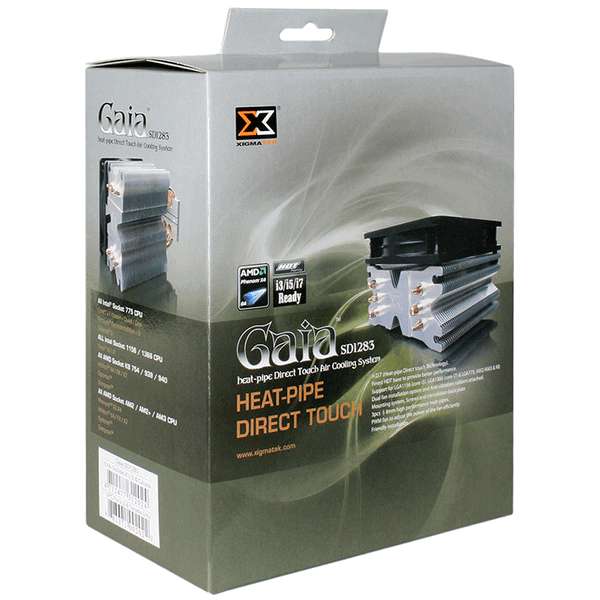

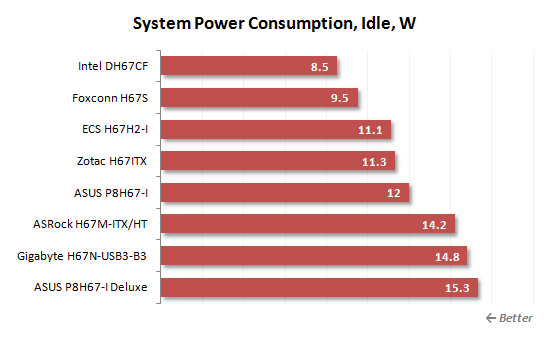
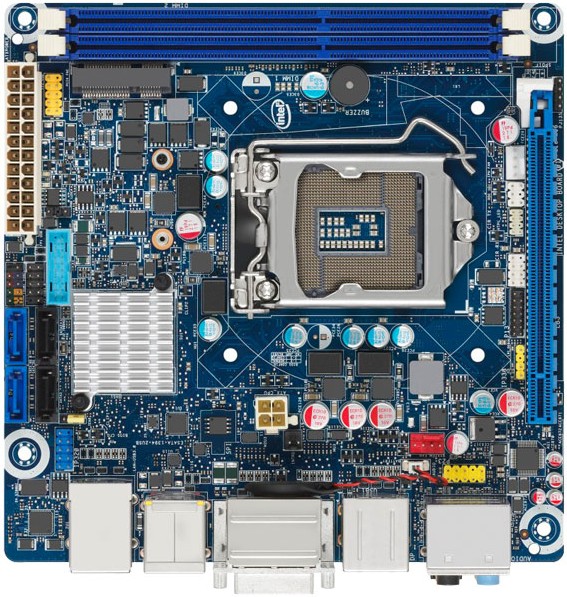

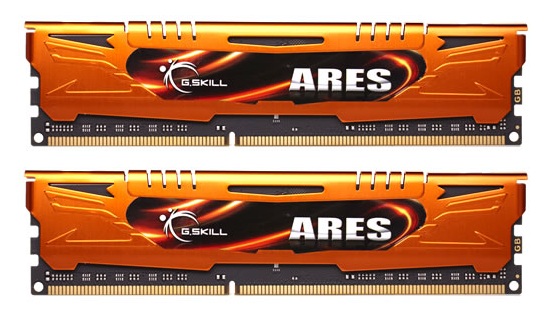
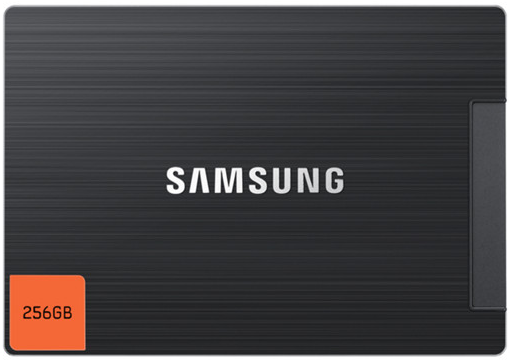

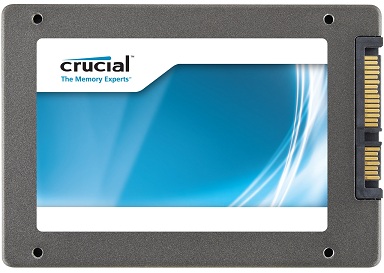

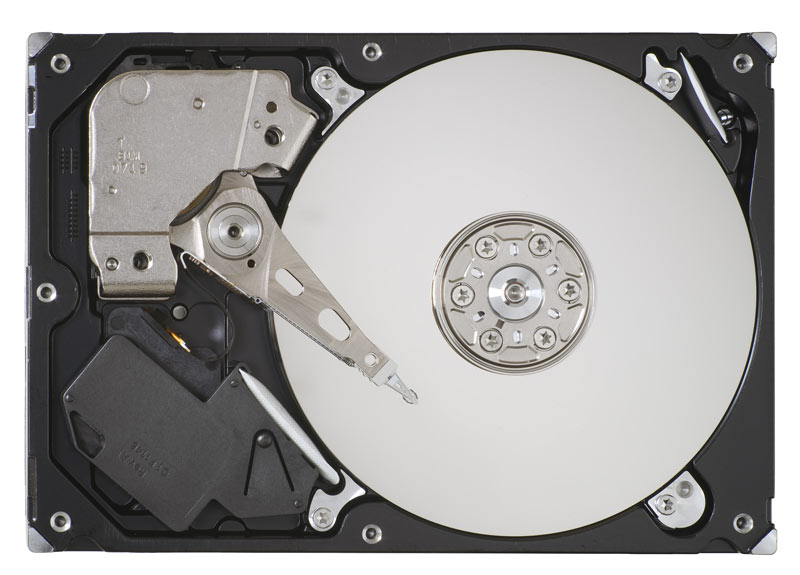
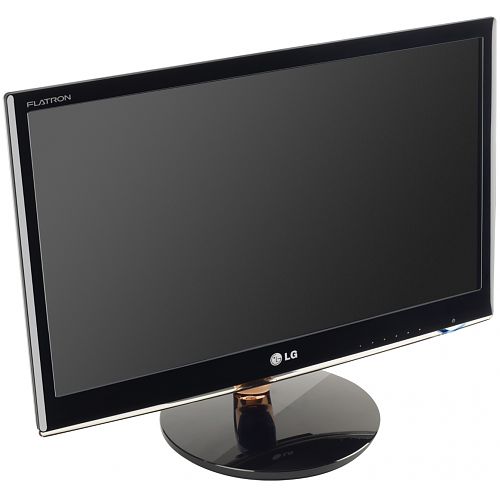

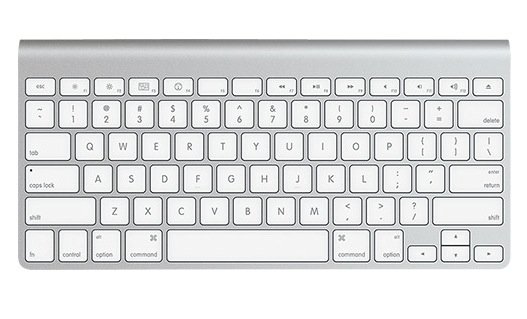
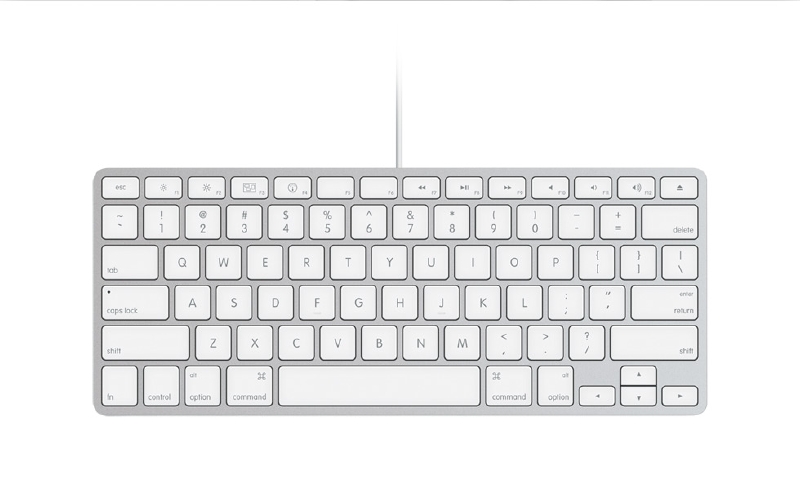

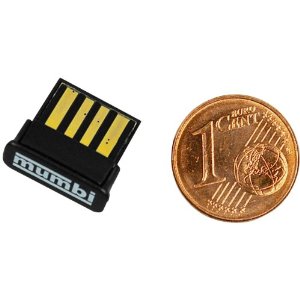
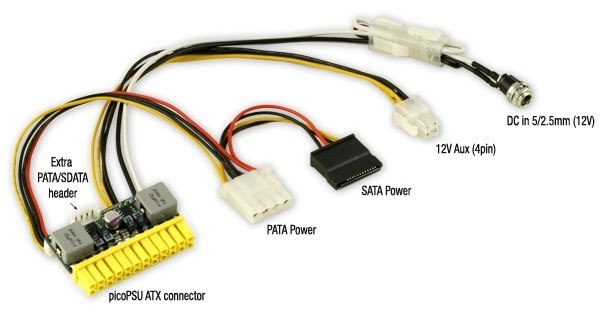
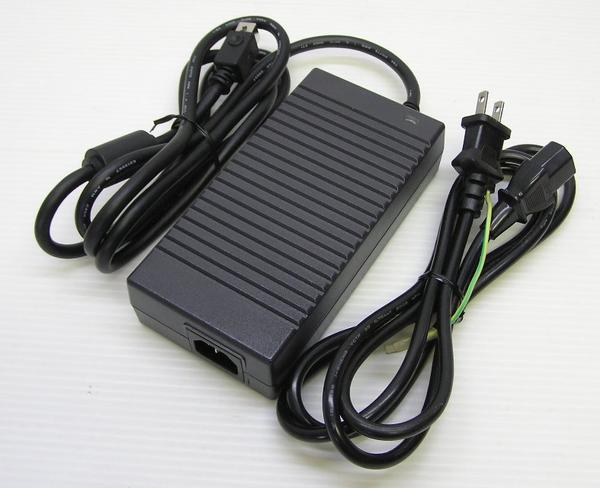
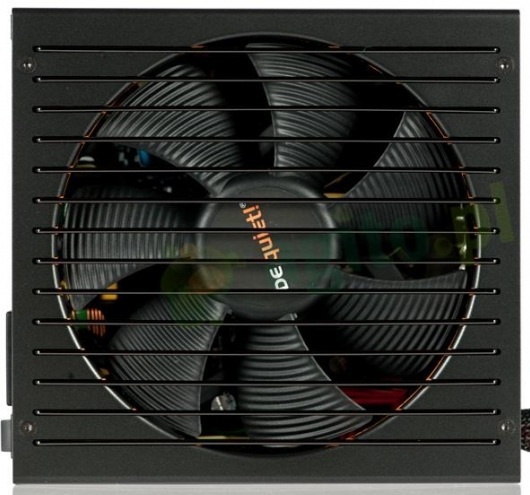
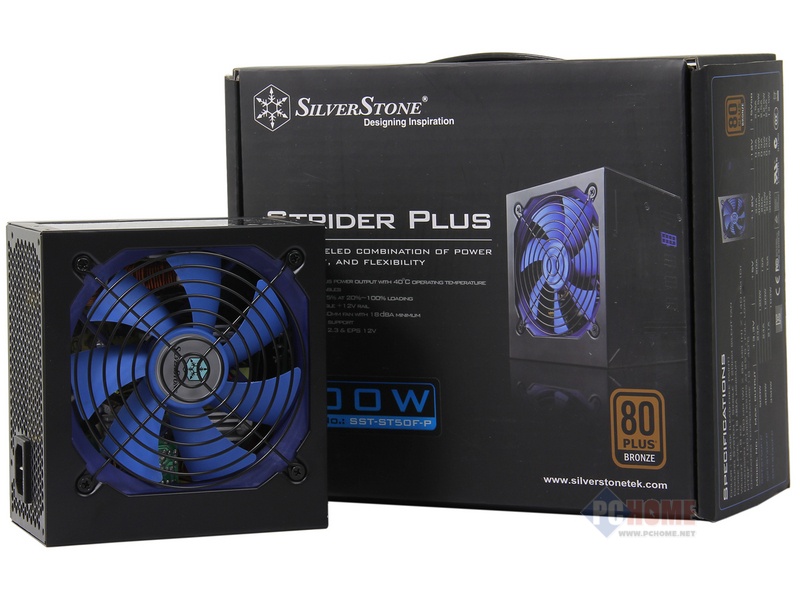
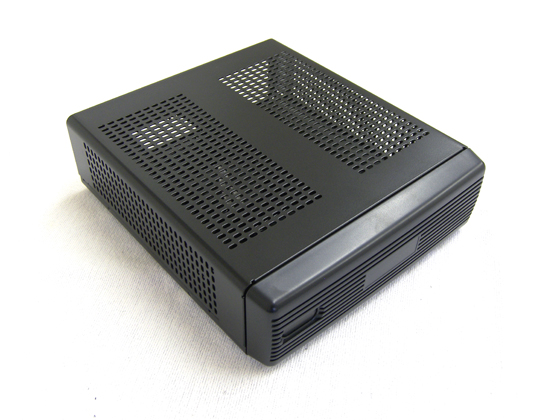
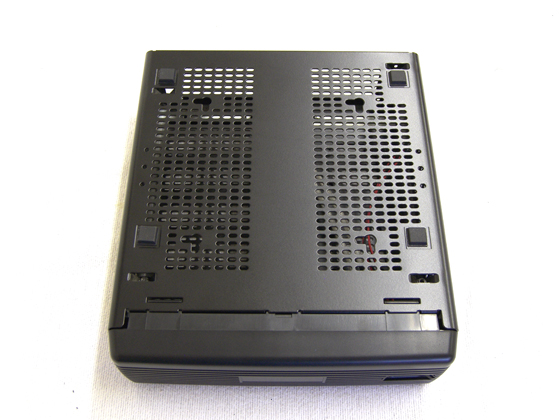
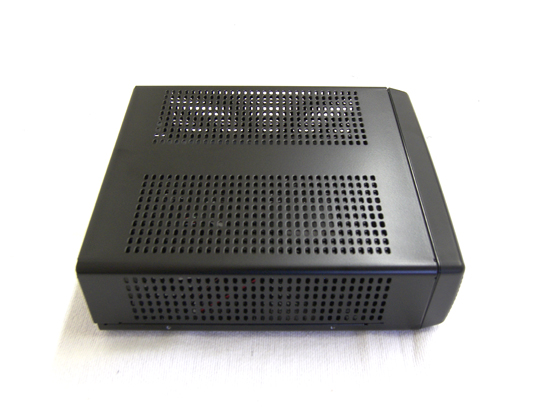
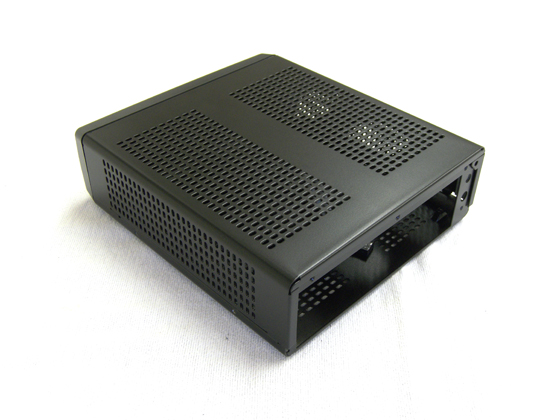
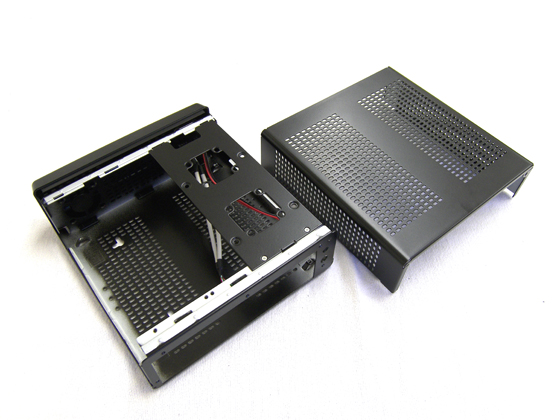
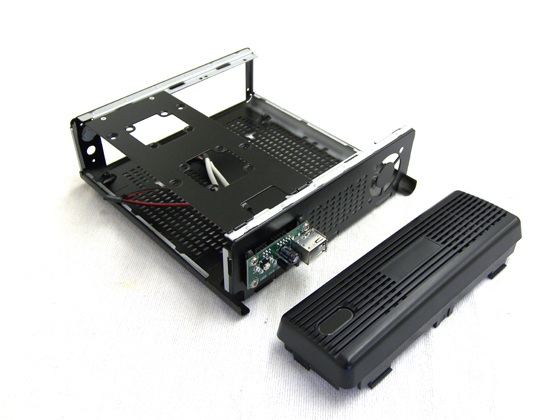
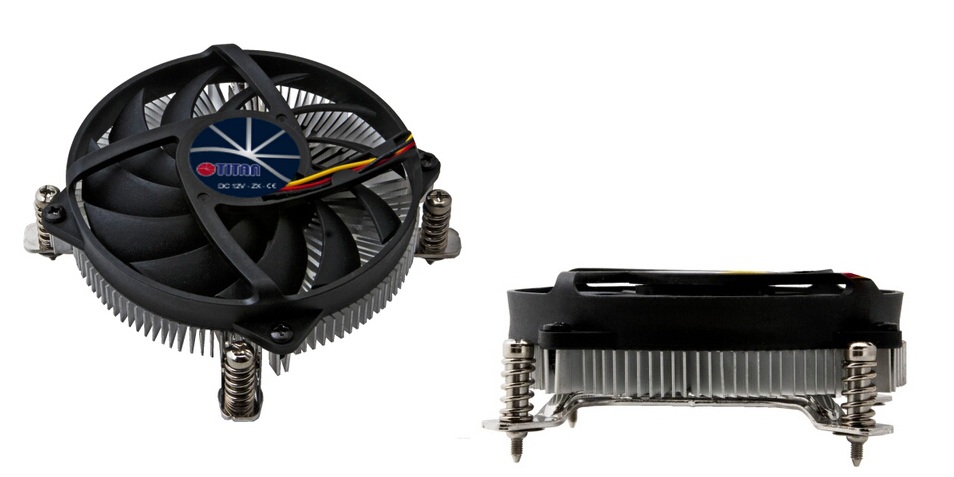
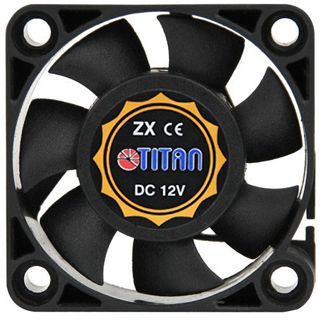
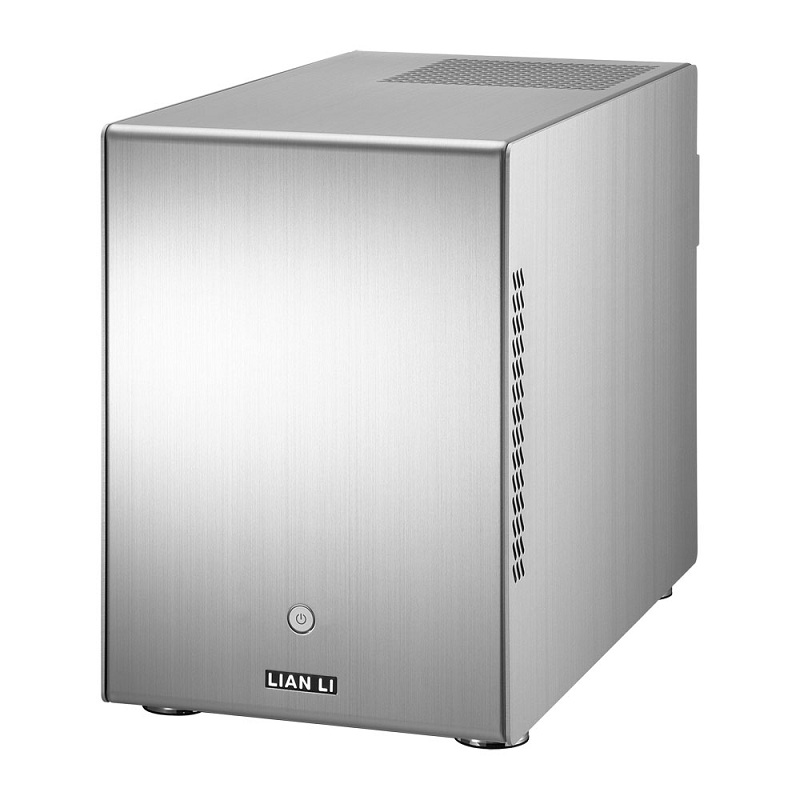
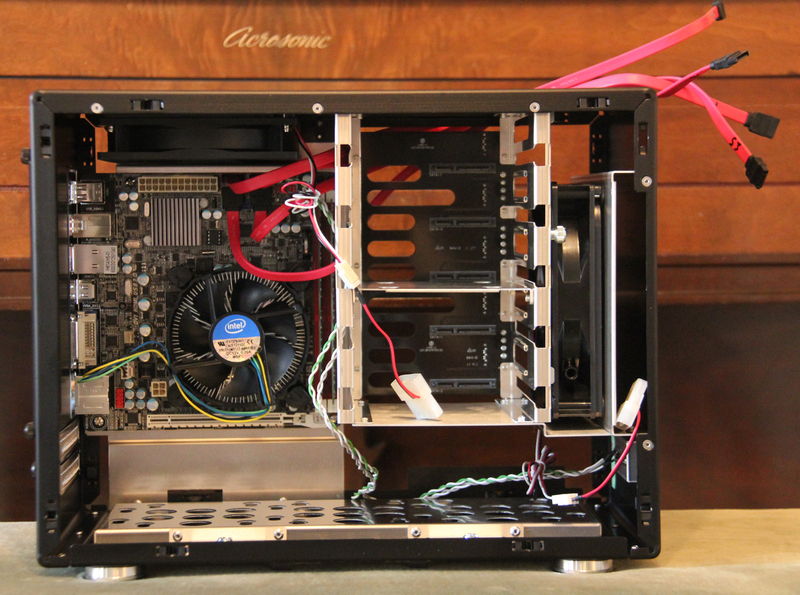
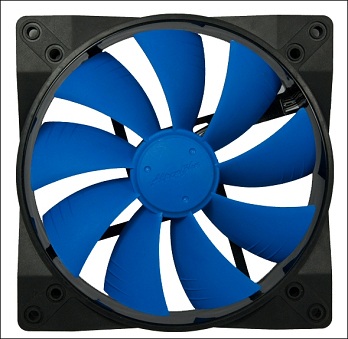
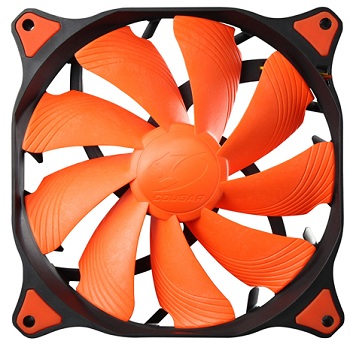
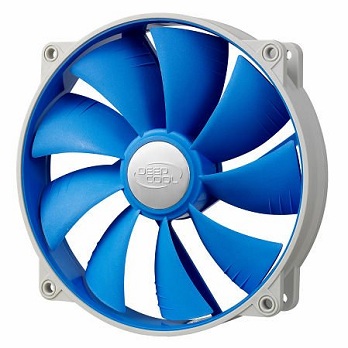
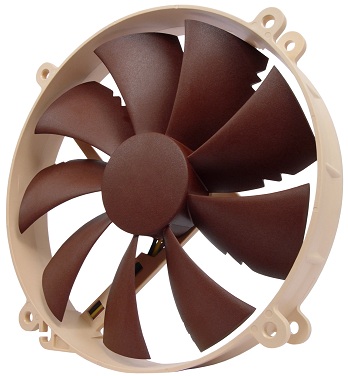
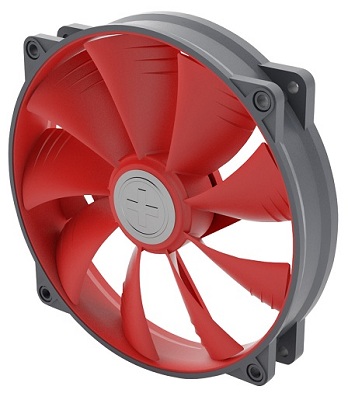
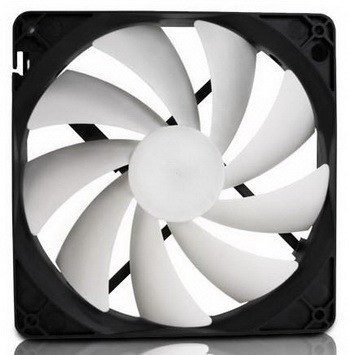

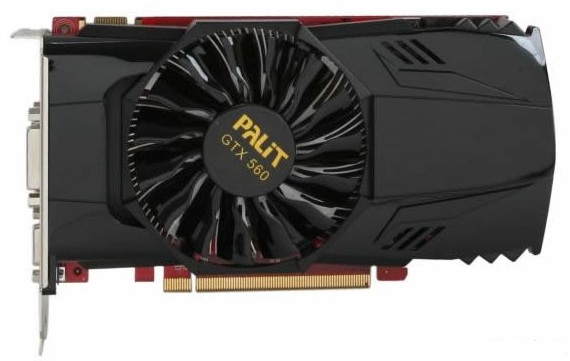
No comments :
Post a Comment